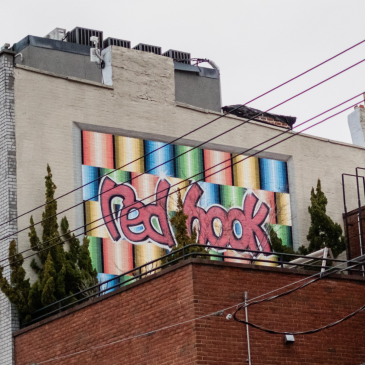Once you step on its cobblestone streets, glimpse Valentino Pier’s vistas,or even whiff its briny air, Red Hook will reel you in.
BY JEREMY KLEIN
This is Red Hook The PlaceThe Place
The tale of New York City is countless chapters long, undergoing an ad infinitum cycle of revisions and addendums. As such, there is always time for a rise-and-fall story arc to shoot upward again. In seaside Red Hook, an ethos of getting back off the mat is integral to the area’s perpetual charm, making it more than a mere contender. Down along Brooklyn’s coast — across Buttermilk Channel from Governors Island and within waving distance of the Statue of Liberty — this remarkable neighborhood has cultivated an identity like few others across NYC’s sprawling reach. To know Red Hook is to love it, so let’s waste no more time on the former so we can get right to the latter.
The Place
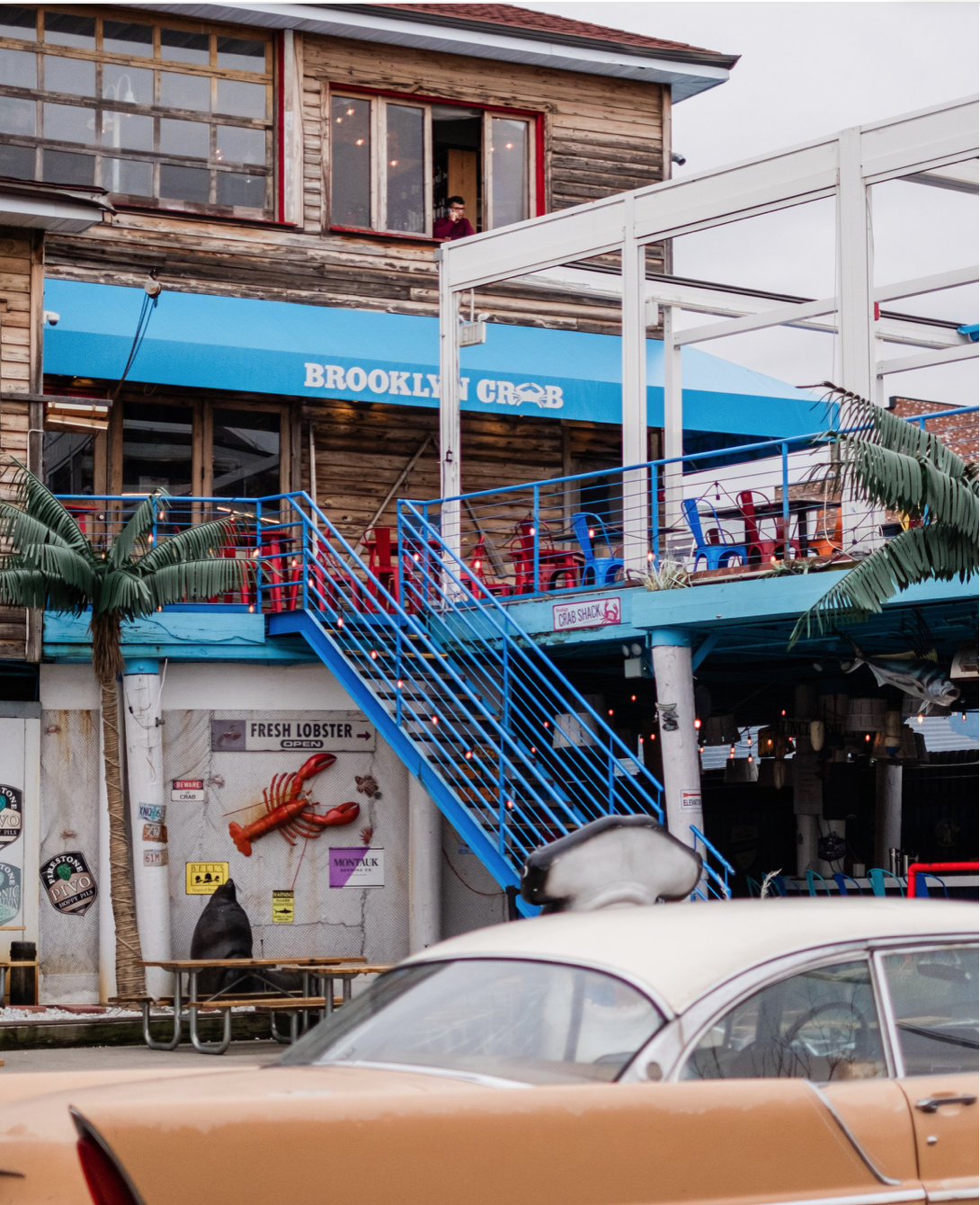
Time tried to forget Red Hook, but it’s not the neighborhood’s style to go down without a fight. It keeps a low profile, figuratively and literally: the closest thing you’ll find to a tower is the Red Hook Grain Terminal, a 12-story waterfront grain elevator at the foot of Henry Street Pier. Bypassed by subway construction in the 20th century, today’s Red Hook is a last stand of the low-rise industrial waterfront that helped fashion New York as a global economic powerhouse. Its main drag, along Van Brunt Street, feels more like a sleepy New England fishing village than a business district within a global city. The streets here go quiet earlier than most, leaving Red Hook’s cobblestone lanes with a surreal level of tranquility — especially on weeknights. A lack of high-rises affords unobstructed views of the starry night sky, not to mention the lights of bobbing tugboats and Staten Island’s hillsides twinkling off the water. Much of Red Hook resides in buildings that have stood since its heyday and accordingly retain sought-after period details — think exposed brick, woodwork, concrete floors, etc. — that can never be recreated. Among Red Hook’s more distinct vintage structures are its three “stores,” or storehouses, some dating to before the Civil War. The extant brick buildings — the Beard and Robinson Stores, the Merchant Stores, and the Red Hook Stores — are almost hypnotic in design, sporting infinite-seeming rows of extra-large arched windows. Today, this triad has been spun off into numerous functions: loft residences, studio spaces, a winery, and more.
Ebbs and Flows

The name Red Hook is a near-literal translation of what the Dutch called Roode Hoek. They settled on that moniker due to the area’s distinct red clay soil and because part of the land jutted into the water — you know, like a hook. Far before Europeans arrived, the Lenape called it Ihepetonga, or “a high point of sandy soil.” All of which is to say, Red Hook has long been a noteworthy piece of land. No close examination of Red Hook can begin without diving into the area’s relationship to the water beside it. Red Hook’s seaside environs played a role during the American Revolution. Here, General Nathanael Greene (the eventual namesake of Fort Greene) constructed Fort Defiance, one of multiple defensive positions on Upper New York Bay meant to repel the feared Royal Navy. The outpost notably rebuffed British advances amid the Battle of Long Island, the war’s first major conflict after the signing of the Declaration of Independence. And though the British would take Brooklyn soon after and occupy New York City for the war’s duration, Fort Defiance’s — for lack of a better word — defiance in the face of the seemingly inevitable carries through to Red Hook’s unshakeable character. While the garrison is long gone, a plaque commemorating it on Valentino Pier is part of the state’s Revolutionary War Heritage Trail.
No close examination of Red Hook can begin without diving into the area’s relationship to the water beside it.
Aquatic proximity made Red Hook a linchpin of the 19th-century American shipping industry, a rising tide that lifted all ships and deposited them on the neighborhood’s New York Harbor shores. In 1825, the opening of the Erie Canal linked the Great Lakes to the Hudson River. The subsequent introduction of the Atlantic and Erie basins — artificial breakwaters protecting the ports against natural hazards — cemented Red Hook as the canal route’s go-to location for offloading goods. Sugar, grain, and more floated through Red Hook on upwards of 26,000 ships per year at the port’s apex. As tens of thousands maintained maritime-related employment during those times, Red Hook blossomed with an industrial sailor’s town identity that still endures. Red Hook’s surviving historical landmarks predominantly recall its most prosperous era. Containerization, however, sank Red Hook’s hold on shipping, with most of the port business crossing the river to more modern, bigger-berthed terminals in New Jersey. Red Hook’s changing identity coincided with the rise of Robert Moses, whose controversial highway projects — in this case, the Gowanus and Brooklyn-Queens Expressways, as well as the Brooklyn-Battery Tunnel — isolated much of Red Hook from the rest of Brooklyn. As a result, areas previously considered Red Hook proper now share a gray border with parts of Boerum Hill, Carroll Gardens, and Cobble Hill, with the “Red Hook” portion of the latter two rebranded as the Columbia Street Waterfront District. Though many argue it should, Red Hook has no historic district, resulting in vestiges of its peak getting outright erased from the map. Revere Sugar Factory, once a symbol of Red Hook’s Willy Wonka-like hold on the sugar industry, was replaced with a “last-mile” distribution center. Right next door, the c. 1869 Todd Shipyards — builder of numerous watercraft, including the historic John J. Harvey fireboat — was paved into a parking lot. It’s a reality Red Hook is all too familiar with, yet one it faces head-on. As such, a sense of reclamation pervades Red Hook, an attitude of taking back spaces left behind.
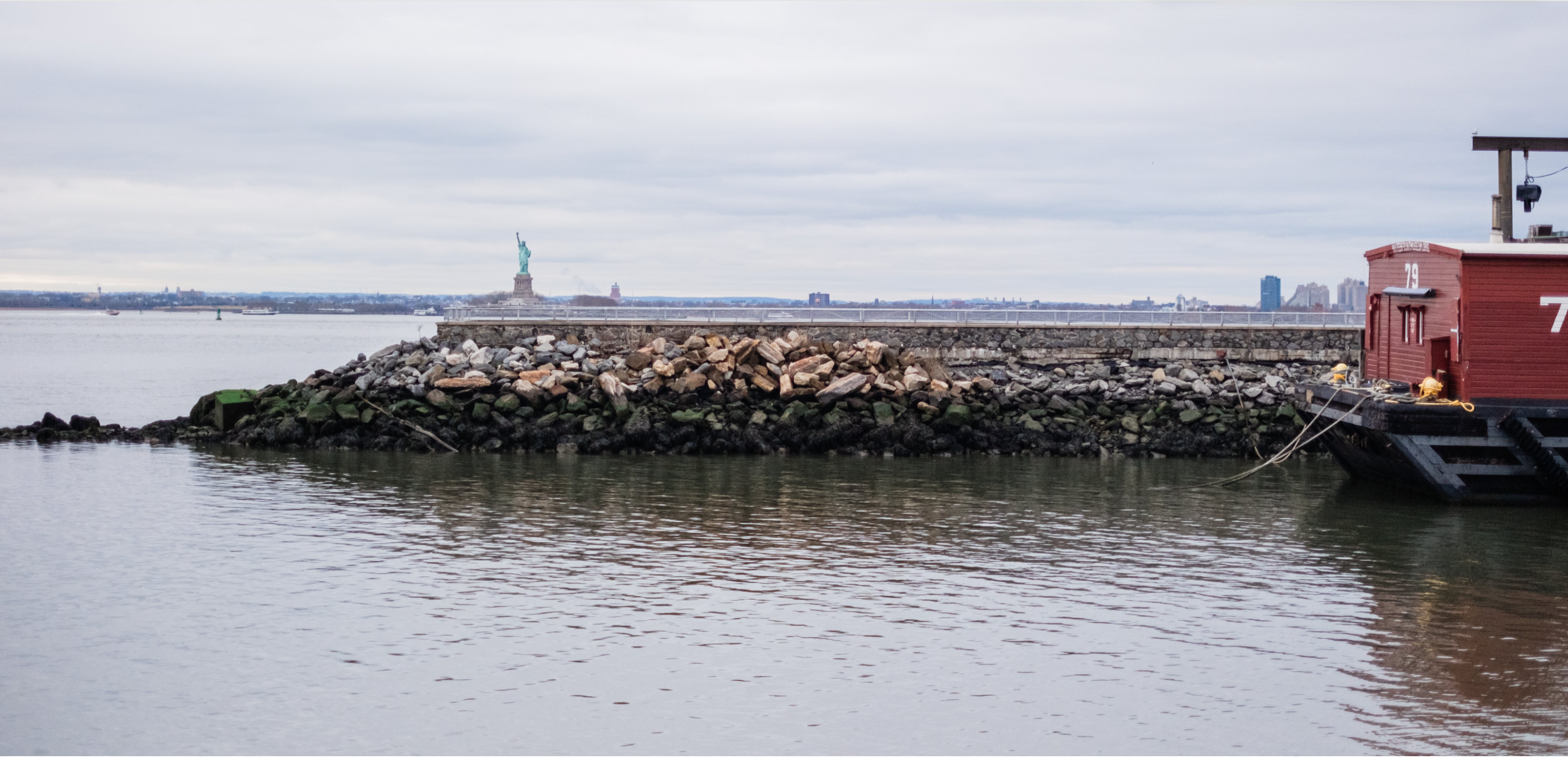
Creating Community
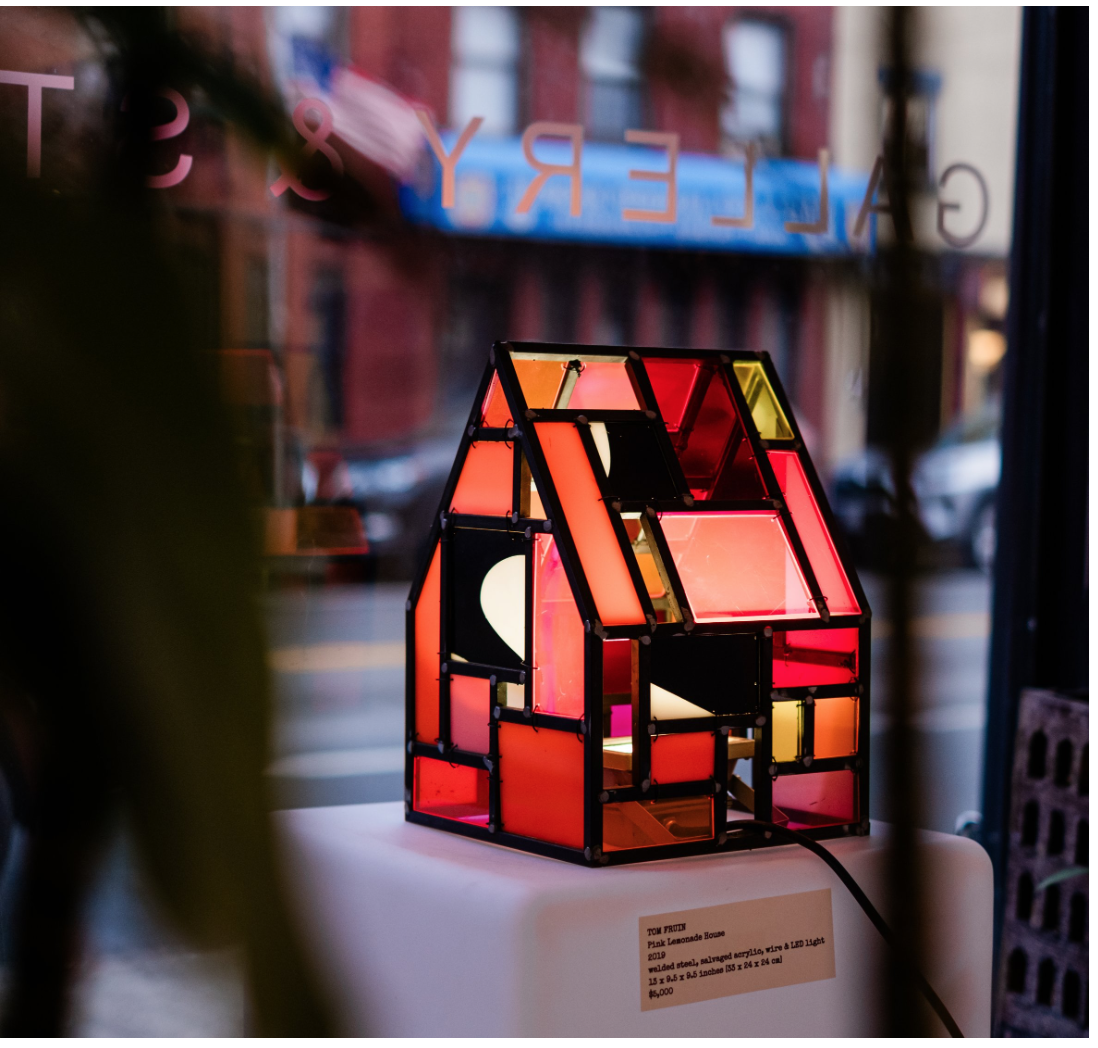
In recent decades, Red Hook has also laid roots in urban agriculture. Columbia Street Farm and Red Hook Houses Farm — plotted on a former concrete baseball field and public housing land, respectively — harvest a combined 20,000 pounds of crop per year. Both serve as outlets for youth empowerment and seek to realign inequitable access to fresh, affordable produce. The neighborhood’s handful of artisanal brewers, distillers, chocolatiers, and other agri-businesses further amplify the movement. Some even ship by water: Apollonia, a 1946 schooner restored to promote the sustainable movement of cargo, makes regular sail freight voyages up and down the Hudson River, bringing barley, hops, and other farm ingredients to producers in the neighborhood as well as CSA boxes for area residents. Hurricane Sandy in 2012 threatened to wash away all of Red Hook’s accumulated progress, devastating the low-lying seaside area. Still, neighbors banded together, with local organizations and businesses providing direct relief where it was most needed. Locals now commemorate the storm and the community’s resilience via the Barnacle Parade. Every October 29, costumed folks and their (often sea monster-themed) handmade floats sail through the streets, upping the nautical kitsch meter to extreme heights while exemplifying how Red Hook buoys itself through times of great strife. When you think Red Hook is down for the count, it emphatically kicks out.
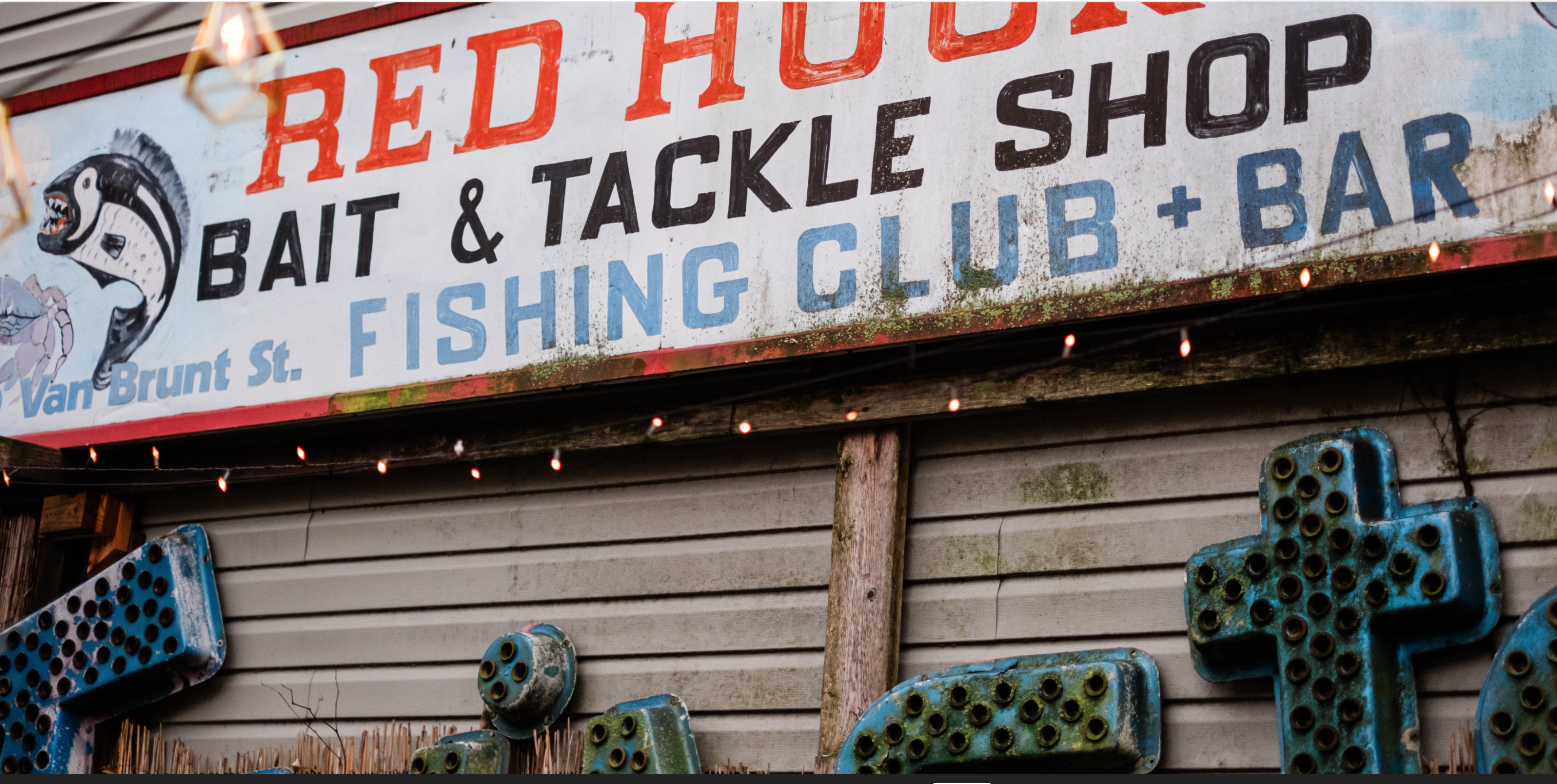
Biting the Hook
If you, too, are holding out for a hero til the end of the night, we’ll meet you at Defonte’s. Opened to feed dockworkers — its original operator, in fact, worked the counter between shifts — this long-standing deli has held down the corner of Columbia and Luquer streets since 1922. It remains in same-family ownership, slinging truly hefty sandwiches in a no-frills environment that feels hardly changed in a century. There are too many home run hitters to choose from, but the steak pizzaiola is a hallmark, and the roast beef with mozzarella and eggplant was once called “ridiculous, ridiculously good” in between bites by Guy Fieri. Across the neighborhood on Conover Street sits Sunny’s Bar, which has operated continuously in some form since the 1890s. Its namesake, Sunny Balzano, was the fourth-generation proprietor of his family’s salty watering hole, which became something of a community meeting place under his ownership — and Sunny, by proxy, the neighborhood’s unofficial mayor. Photos, artwork, and knick-knacks adorn every corner of the bar, only amplifying the feeling of Sunny’s as a lived-in institution where everyone from stevedores to hipsters has pulled up a stool. Surviving the Herbert Hoover administration is hardly a prerequisite for serving as an outstanding Red Hook business. Hometown Bar-B-Que, opened in 2013, earns raves as one of the best barbecue joints in the country. Styling itself as true New York-style barbecue, Hometown experiments with flavors that may not fly in states with rich BBQ heritages — taste those brisket tacos, Vietnamese hot wings, or jerk rib tips — but feel authentic to this city’s kaleidoscopic culture. Long lines are a fact of life at Hometown, but, like traveling to the neighborhood it inhabits, the payoff is beyond worth it. An enchanting smokey smell will have you floating toward Van Brunt Street like a cartoon character to a windowsill pie.
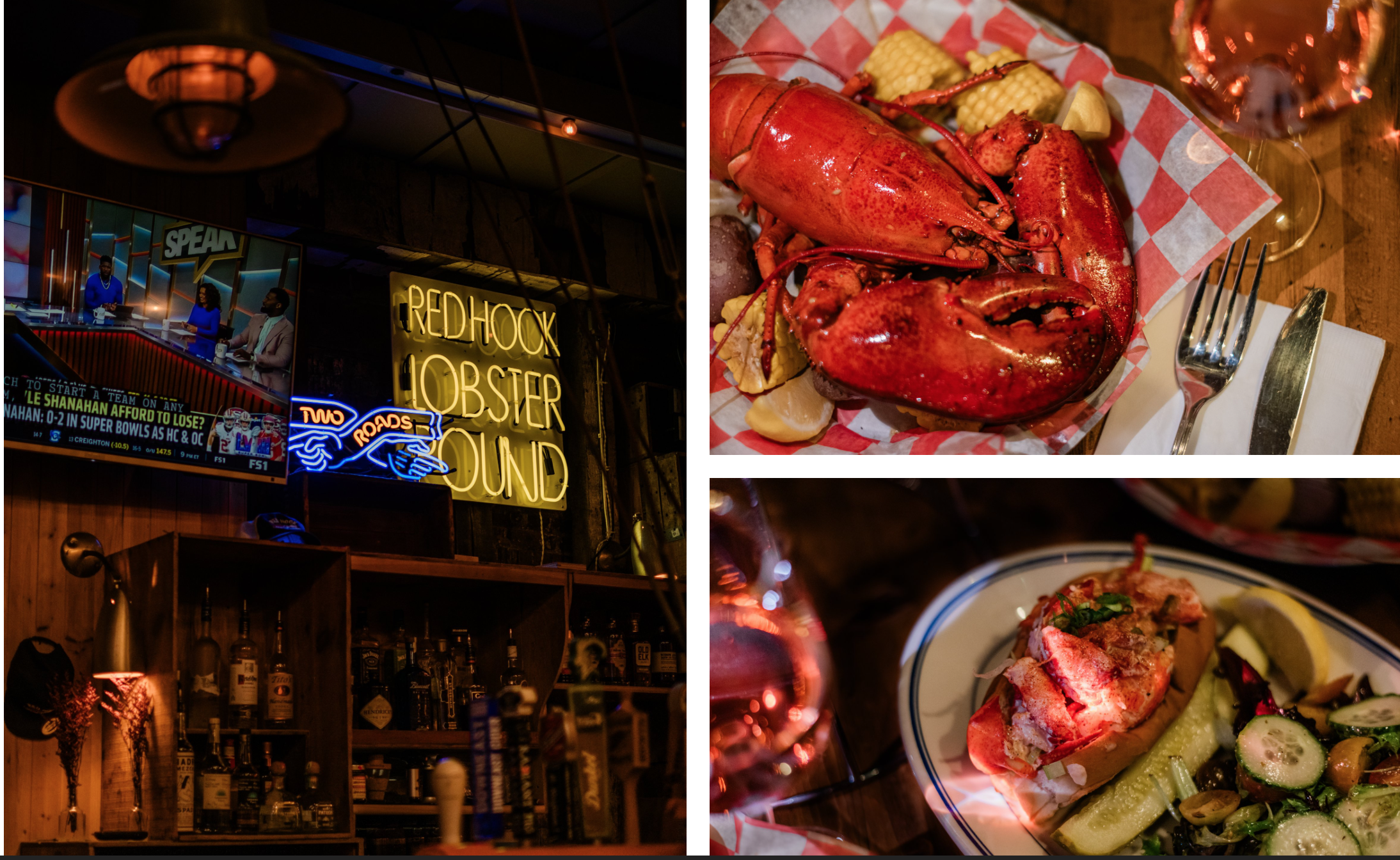


Getting There
Fittingly, the most convenient way to get here on public transit — not to mention the most fun — is by boat. NYC Ferry serves Red Hook with its South Brooklyn route, connecting Bay Ridge to the Lower East Side. Unless you’re catching Battery Tunnel or BQE traffic at the best possible flow, the ferry is your surest bet to reach Red Hook from Lower Manhattan or elsewhere in Brooklyn. Additional dockings include Atlantic Avenue, DUMBO, and the Financial District’s Pier 11, where you can transfer to four other routes. The nearest subway service is on the F and G lines at Carroll Street or Smith-Ninth, either of which is about a 15 to 20-minute walk from Red Hook’s waterfront. By land, your most direct option is hopping aboard a bus, specifically the B57 or the B61. Red Hook is one terminus of the B57, which connects the neighborhood to Carroll Gardens, through Downtown Brooklyn, and all the way to Maspeth, Queens, via Williamsburg, East Williamsburg, and Bushwick. For the B61, Red Hook rests in the middle of the route — a waypoint between the Columbia Waterfront and Park Slope along Prospect Park West. Another option, on weekends only, is the IKEA Ferry from Manhattan, which cruises free of charge from Midtown West and the Financial District right into Red Hook’s Erie Basin. Don’t worry about buying that BESTÅ or MALM — purchases aren’t required, and nobody checks receipts. Besides, who wants to haul back a gargantuan box on a ferry? You’re great, but 19th-century Red Hook longshoreman you are not
Check out more at INHABIT

